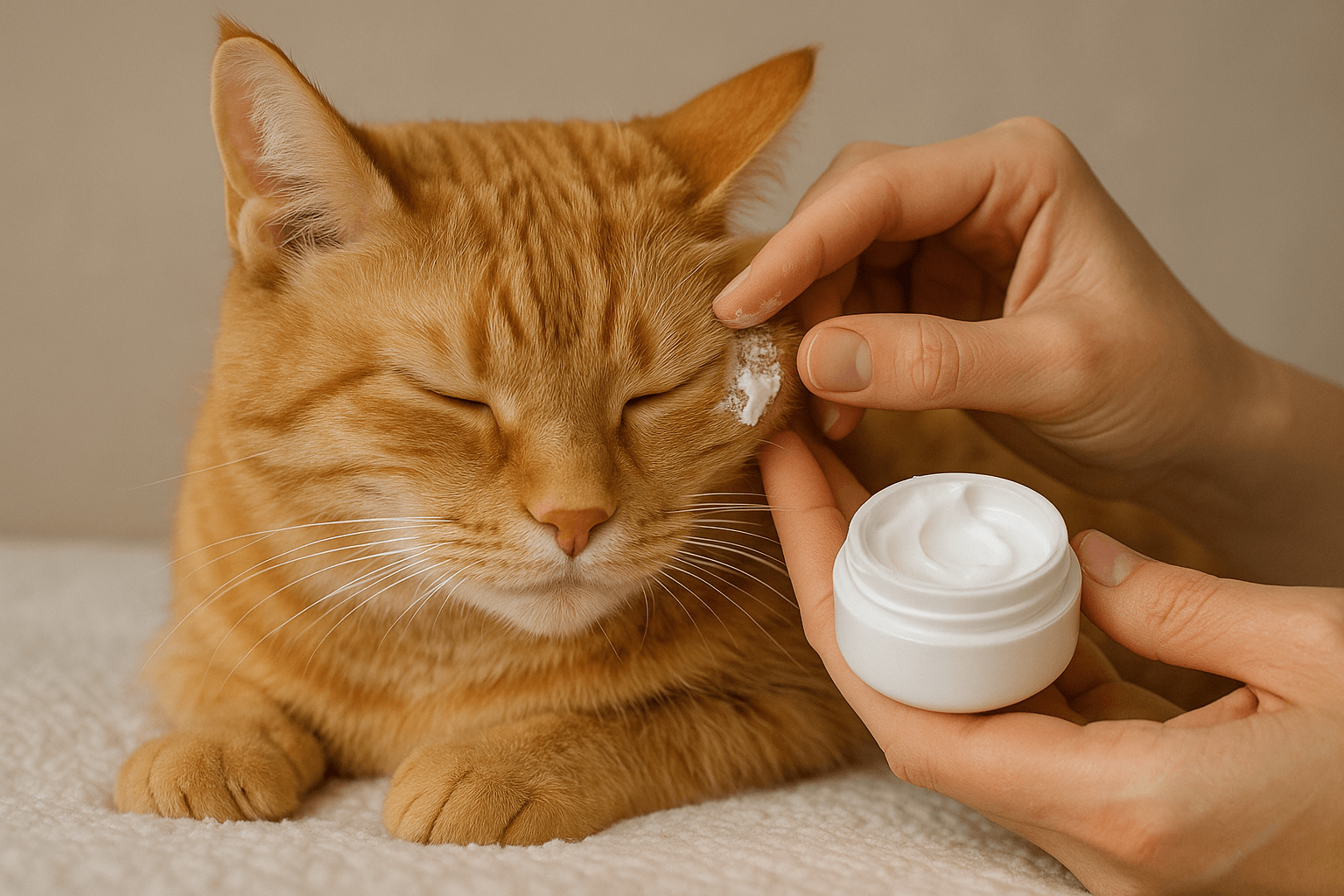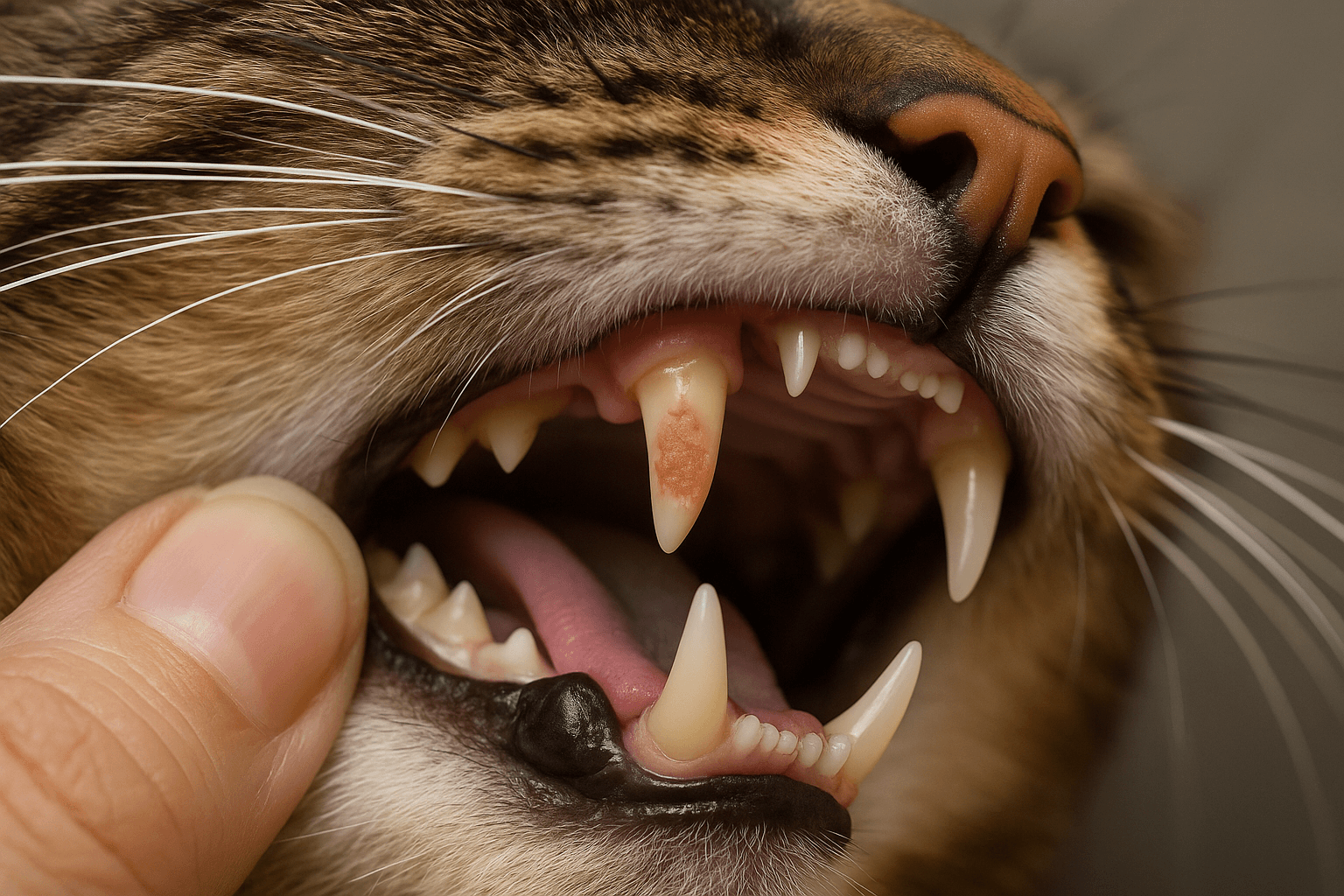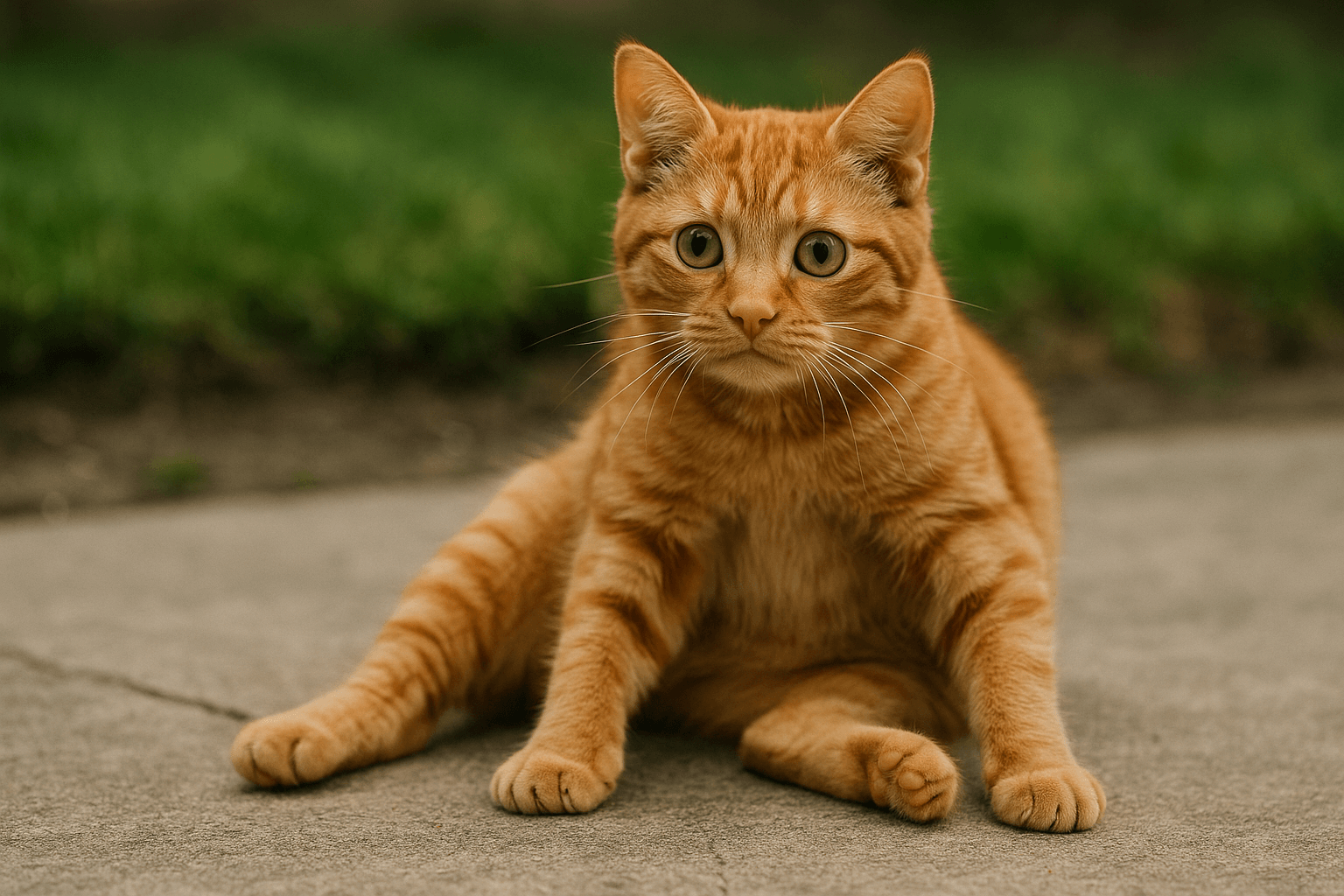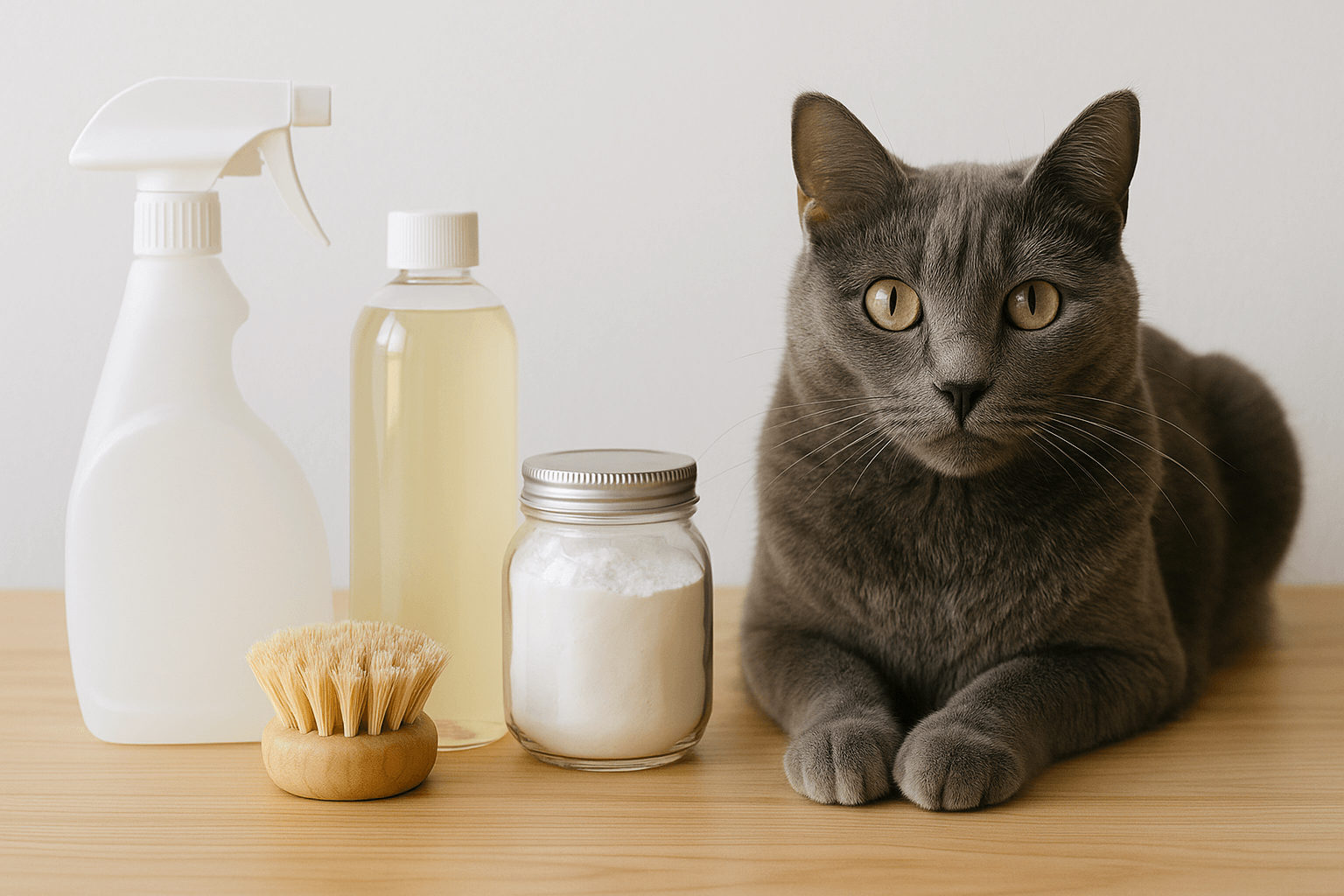Can Cats Eat Chicken Skin?
Cats are curious creatures, and their love for food often leads pet owners to wonder whether certain human foods are safe for them. Chicken skin, a common leftover from our meals, is one such item that raises questions. While cats are obligate carnivores and thrive on protein-rich diets, not all parts of chicken are equally suitable for them. Chicken skin, in particular, has both potential benefits and risks depending on how it’s prepared and served. In this blog post, we’ll explore whether cats can eat chicken skin, the possible effects on their health, and safer alternatives to keep your feline friend happy and healthy.
Potential Risks of Feeding Chicken Skin to Cats
While chicken skin might seem like a tasty treat for your cat, it comes with several risks that every pet owner should be aware of. These hazards can affect your cat’s digestion, weight, and overall well-being.
High Fat Content:
Chicken skin is rich in fat, which can upset your cat’s stomach and lead to diarrhea or vomiting if consumed in excess.Risk of Pancreatitis:
A diet high in fatty foods, including chicken skin, can increase the risk of pancreatitis, a painful and potentially life-threatening condition.Choking Hazard:
Large pieces of chicken skin can pose a choking risk, especially if your cat tries to swallow it whole without chewing properly.Weight Gain and Obesity:
Regular consumption of high-calorie chicken skin can contribute to unhealthy weight gain, leading to obesity-related health issues.Seasoning and Additives:
If the chicken skin is seasoned or cooked with spices, oils, or salt, it can irritate your cat’s digestive system or even be toxic.
These risks highlight why caution is essential when considering giving chicken skin to your cat. Always prioritize their safety over indulgence.
Benefits of Chicken Skin (When Served Safely)
Despite the risks, plain, unseasoned chicken skin can offer some benefits when given in moderation. These advantages are rooted in its nutritional content and appeal to cats’ natural carnivorous instincts.
High Protein Content:
Chicken skin contains protein, an essential nutrient that supports muscle development and overall health in cats.Palatability:
The rich flavor and texture of chicken skin make it appealing to cats, encouraging picky eaters to consume their food.Source of Essential Fatty Acids:
In small amounts, chicken skin provides omega-6 fatty acids, which support skin and coat health.Mimics Natural Diet:
Wild cats often consume the skin and fat of their prey, so offering a small amount of chicken skin aligns with their instinctual preferences.Hydration Boost (When Cooked Plain):
If boiled or steamed without added fats, chicken skin can add moisture to your cat’s diet, promoting hydration.
While these benefits exist, they must be weighed against the potential dangers to determine if chicken skin is truly suitable for your cat.
Check this guide 👉Can Cats Eat Raw Chicken Liver? Best 7 Expert Tips!
Check this guide 👉Can Cats Eat Orchids? Best 7 Expert Tips!
Check this guide 👉Can Cats Eat Rice Cakes? Best 7 Expert Tips!
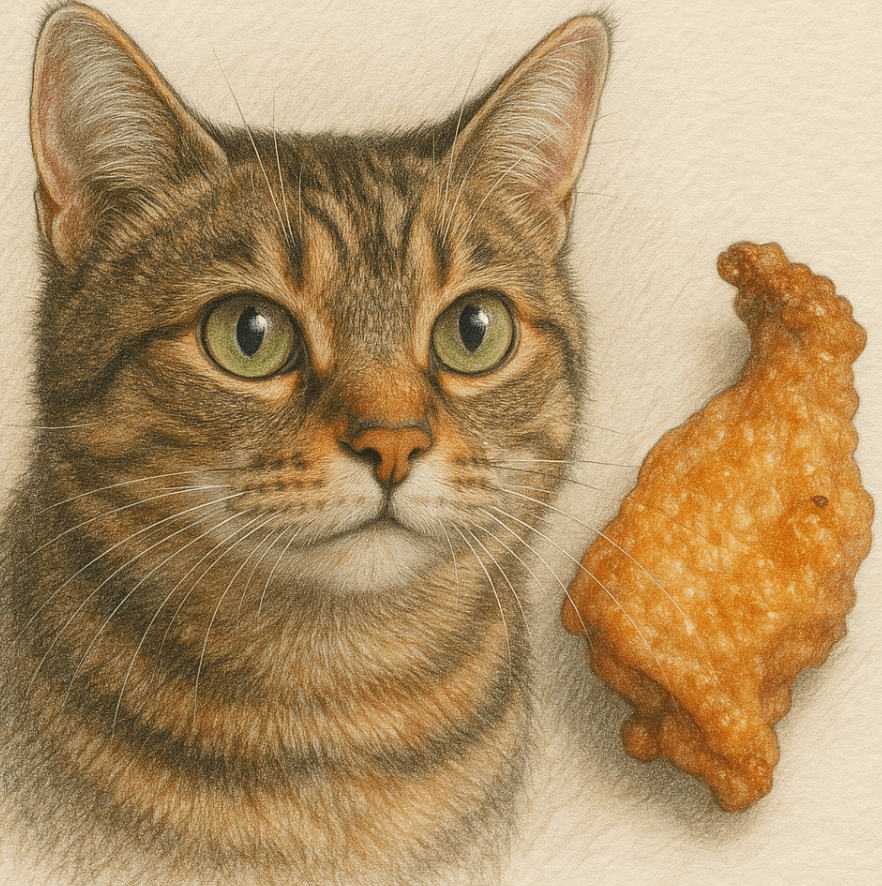
Safe Alternatives to Chicken Skin | Risks of Unsafe Choices |
|---|---|
Plain, cooked chicken breast | Seasoned or fried chicken skin |
Boneless, skinless turkey chunks | Chicken skin with added salt or spices |
Freeze-dried meat treats | Raw chicken skin with bacteria |
Homemade cat-safe broth | Large pieces causing choking hazards |
Small portions of lean fish | Excessive fat leading to pancreatitis |
How to Safely Offer Chicken Skin to Your Cat
If you decide to give your cat chicken skin, it’s essential to take precautions to minimize risks. Follow these guidelines to ensure a safe experience.
Serve Plain and Unseasoned:
Avoid chicken skin that has been cooked with oils, spices, or salt, as these ingredients can harm your cat’s digestive system.Cook Thoroughly:
Ensure the chicken skin is fully cooked to eliminate any harmful bacteria or pathogens present in raw meat.Cut into Small Pieces:
Chop the chicken skin into bite-sized pieces to reduce the risk of choking and make it easier for your cat to digest.Limit Portion Sizes:
Offer only a small piece as an occasional treat, ensuring it doesn’t exceed 10% of your cat’s daily caloric intake.Monitor for Reactions:
Watch your cat closely after feeding them chicken skin for signs of digestive upset, such as vomiting or diarrhea.
By following these steps, you can mitigate risks while allowing your cat to enjoy the occasional treat safely.
Signs Your Cat May Be Struggling with Chicken Skin Consumption
Even with precautions, complications can arise if your cat consumes chicken skin improperly. Watch for these warning signs to act quickly if something goes wrong.
Vomiting or Diarrhea:
These symptoms may indicate that your cat has ingested too much fat or seasoning, irritating their digestive tract.Lethargy or Weakness:
A sudden lack of energy could signal pancreatitis or another serious condition triggered by fatty foods.Loss of Appetite:
If your cat refuses to eat after consuming chicken skin, it may be a sign of discomfort or illness.Abdominal Pain:
Signs like hunching, vocalizing, or reluctance to be touched around the belly area could indicate digestive distress.Excessive Drooling:
Drooling might suggest nausea or irritation caused by consuming chicken skin.
Recognizing these signs early allows you to seek veterinary care promptly, preventing further complications.
Common Mistakes to Avoid When Feeding Chicken Skin
Feeding chicken skin to your cat requires careful consideration to avoid mistakes that could endanger their health. Here are some pitfalls to watch out for.
Offering Fried or Oily Skin:
Fried chicken skin is extremely high in fat and can lead to digestive upset or pancreatitis.Ignoring Portion Control:
Giving large amounts of chicken skin can overwhelm your cat’s digestive system and lead to weight gain.Leaving Seasonings On:
Salt, garlic, and other seasonings commonly used on chicken skin are toxic to cats and should be avoided entirely.Feeding Raw Skin:
Raw chicken skin may contain harmful bacteria like Salmonella or E. coli, posing a risk to your cat’s health.Neglecting Veterinary Advice:
Skipping a professional opinion can result in unknowingly harming your cat with inappropriate food choices.
Avoiding these mistakes ensures a safer and healthier experience for your cat.
Alternatives That Mimic the Appeal of Chicken Skin
If you’re hesitant about feeding chicken skin, there are plenty of alternatives that mimic its appeal without the associated risks.
Plain Cooked Chicken Breast:
Boneless, skinless chicken breast is a lean and nutritious option that satisfies your cat’s craving for poultry.Freeze-Dried Meat Treats:
These treats provide protein-rich nutrition and satisfy your cat’s craving for texture.Homemade Cat-Safe Broth:
Strained, sodium-free broth made from boiling chicken adds flavor and moisture to your cat’s diet.Soft, Edible Chew Toys:
Designed for cats, these chews promote dental health and are easy to digest.Boneless Turkey Chunks:
Lean turkey is another safe and tasty alternative that cats often enjoy.
These alternatives allow you to cater to your cat’s instincts while keeping them safe.
Understanding Your Cat’s Natural Instincts Around Chicken Skin
Cats are naturally drawn to chicken skin because of its rich flavor and texture. Understanding their instincts helps explain their fascination.
Carnivorous Nature:
As obligate carnivores, cats are biologically wired to seek out high-protein, high-fat foods like chicken skin.Curiosity About Human Food:
Cats are naturally curious and may beg for scraps simply because they smell enticing, not because they need them.Nutrient Seeking:
Cats crave fats and proteins found in chicken skin, which are essential for their growth and energy needs.Playful Exploration:
Cats use their mouths to explore new textures, and chicken skin provides an intriguing sensory experience.Territorial Marking:
Chewing on objects like chicken skin can serve as a way for cats to assert ownership or relieve stress.
By recognizing these behaviors, you can better address your cat’s needs in a safe and controlled manner.
Frequently Asked Questions About Cats and Chicken Skin
Is cooked chicken skin safe for cats?
Yes, but only in small amounts and when plain and unseasoned. Avoid fried or heavily seasoned skin.
Can kittens eat chicken skin?
Kittens have sensitive digestive systems, so it’s best to avoid giving them chicken skin altogether.
What type of chicken skin is safest for cats?
Plain, boiled, or baked chicken skin without added fats, salts, or spices is the safest option.
How often can I give my cat chicken skin?
Limit chicken skin to rare occasions, as it’s high in fat and calories.
What should I do if my cat eats too much chicken skin?
Contact your veterinarian immediately if your cat shows signs of digestive upset or discomfort.
Prioritizing Your Cat’s Health When Offering Treats
Feeding chicken skin to your cat can be a double-edged sword, offering both benefits and risks if not handled carefully. While it can provide a tasty and protein-rich treat, it also poses significant dangers due to its high fat content and potential additives. By understanding the dos and don’ts of feeding chicken skin, choosing safer alternatives, and consulting your veterinarian, you can ensure your cat stays healthy and happy. Remember, your feline friend relies on you to make the best dietary choices for them—so always prioritize their well-being above all else.
Cat Dry Skin Treatment: Best 7 Expert Tips! Discover effective remedies and expert advice to soothe your cat’s dry skin, restore their coat’s shine, and ensure lasting comfort with simple, actionable solutions.
Understanding Cat Tooth Resorption: Best 7 Expert Tips! Discover causes, symptoms, and treatment options to protect your cat’s dental health and ensure a pain-free life.
Cerebellar Hypoplasia in Cats: Best 7 Expert Tips! Discover expert advice on caring for cats with cerebellar hypoplasia, managing symptoms, and creating a safe, loving environment for your wobbly feline friend.
Cat-Safe Cleaning Products: Best 7 Expert Tips! Discover safe, non-toxic cleaning solutions to protect your cat’s health while keeping your home spotless and fresh.

